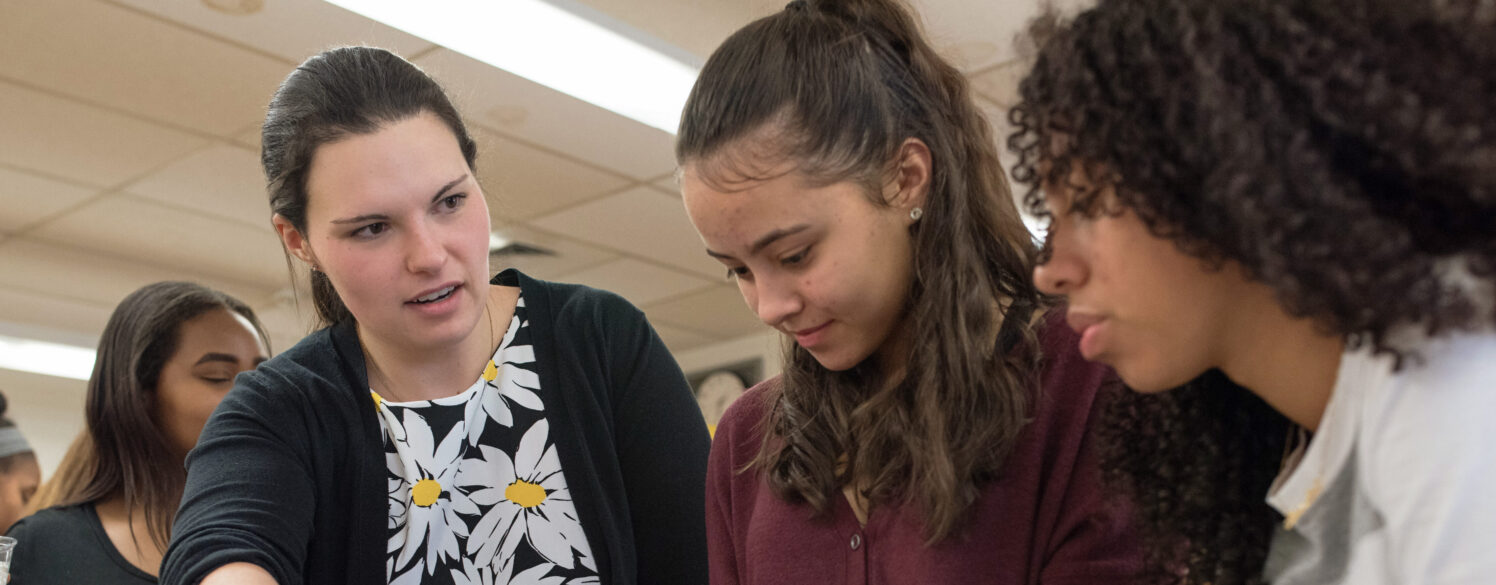Valuable Tools for Educators

Resources
-
Professional Learning Resource Community Building Equity Hand Identity ChartThe Knowles Teacher Initiative Hand Identity Activity is a reflection tool, adapted from Facing History and Ourselves, that supports educators in exploring self-perceptions and others’ perceptions. Teachers can use this activity to reflect on identity, share insights with colleagues, and consider how differences between self-view and external perception shape classroom and collegial interactions.
View Resource -
Blog Inquiry Teacher Leadership Empowering Teachers to Lead Effective Professional LearningThis blog offers three teacher-developed principles for leading transformative learning with colleagues. Readers will learn how honoring teacher expertise, respecting classroom contexts, and inviting critical reflection create spaces where educators thrive—and where leadership ripples outward to the field.
View Resource -
Blog Inquiry Teacher Leadership Knowledge Worth Sharing: Inquiry as a Pathway to LeadershipHow do early-career teachers develop as teacher leaders? What do they need to understand about their schools and systems to do so? In their final Fellowship year, Knowles Fellows study schools as systems and share stories of leadership in action. This blog shows how knowledge sharing turns everyday teacher insights into leadership that ripples outward—impacting colleagues, schools, and the profession.
View Resource -
Blog Inquiry Teacher Leadership I’m the new teacher. What can I learn from veteran teachers?What are some impacts of new teachers prioritizing the wisdom of veteran colleagues? This blog explores how intergenerational collaboration not only sustains early-career teachers but also strengthens the fabric of schools as professional learning communities.
View Resource -
Blog Inquiry Teacher Leadership The Power of Inquiry: Cultivating Equitable Teaching Practices through Collaborative Knowledge GenerationHow can teachers deepen their understanding of equitable teaching practices? In Year 3, Knowles Fellows dig into that question through collaborative inquiry. This blog shares how Knowles Fellows generate knowledge about the instructional choices they make, the impacts those choices have on their students, and how small adjustments to their teaching practices can support them in meeting the needs of more learners, thereby reducing their reliance on “skillful improvisation.”
View Resource